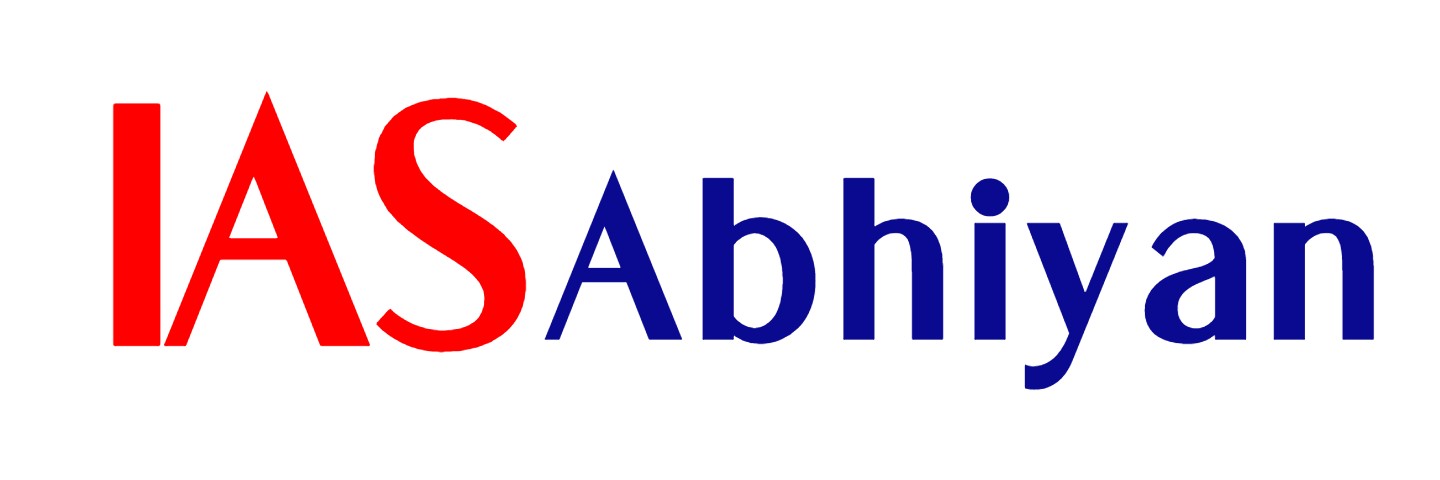Context:
- Scientists using data from India’s first dedicated astronomy satellite, AstroSat, and NASA’s Chandra X-ray Observatory have found that a black hole in the binary star system 4U 1630-47 spins close to the maximum possible rate.
Black Holes:
- Surprisingly, astronomical black holes are the simplest known objects in the universe, because they can be fully characterised by only two properties, mass and spin rate. Therefore, measurements of these two properties are uniquely important to probe some extreme aspects of the universe, and the fundamental physics related to them, researchers said.
- The scientific measurement of the spin rate of the black hole, an extremely exotic but the simplest object of the universe, comes out to be close to the maximum possible value.
- Such measurements, especially of the spin rate, are very difficult to make, and can be done only by high-quality X-ray observations in the correct state of the binary stellar system, in which the black hole is gobbling matter from its companion star.
- The SXT and the Large Area X-ray Proportional Counter (LAXPC) aboard the first dedicated Indian astronomy satellite AstroSat played a key role to measure the black hole spin rate, which was consistent with results from our contemporaneous Chandra satellite data.
AstroSat-Chandra study
- From this first joint AstroSat-Chandra study of a black hole, that may lead to further such cooperations, we have found that the black hole in 4U 1630-47 spins very rapidly, with a rate not much less than the maximum possible rate, which makes it even more exotic.
- AstroSat was launched in 2015 by the Indian Space Research Organisation (ISRO). It is the first dedicated astronomy satellite of India, and the SXT aboard AstroSat is the first Indian X-ray telescope.
- In fact, apart from Japan, I believe, India is the first Asian country to build an X-ray Telescope (for example, China could not build such a telescope till now).
Source:TH
